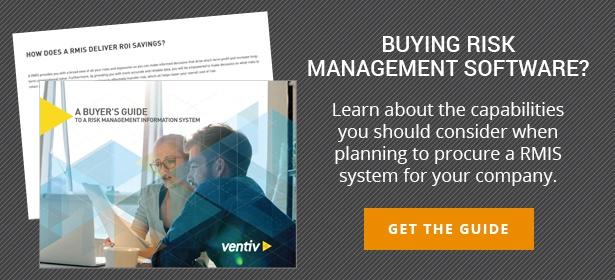
The process of developing an insurance renewal strategy can be a bit like a rowing race. If you have clunky old oars, your teammates aren’t boaters and the hull isn’t structurally sound then you might still get to the finish line, but ultimately, you won’t really be competitive.
It’s the same for insurance renewal. If you don’t have the complete scope of data, then you may still be able to finalise everything, but your presentation to the market won’t be competitive, and certainly won’t get the best renewal outcome for your business.
But how do you ensure that your strategy is as good as it can be? It all starts with having the right process.
Questionnaire Process
Collecting data from questionnaires can be one of the most time-consuming elements of the renewal. It is estimated that the entire process can take up to 75 days, if you are working on a spreadsheet based system. In addition to being difficult to manage, a spreadsheet based system is also prone to human error and hard to maintain oversight of different departments.
Throw in a deadline, and you have all the ingredients for a very stressful situation.
A great process should aim to cut down on time, promote transparency and generate valuable and meaningful data. A great questionnaire system should:
- Allow you to follow the progress of your colleagues
- Send out reminders when needed (preferably automated)
- Be easy to follow, simple to use and is written in clear, jargon-free language
- Be in multiple languages and currencies, if applicable
Your completion rate will tell you if you’re on the right track. While the baseline for this differs from organisation to organisation, by following these guidelines, you should be able to significantly increase your completion rate compared to previous years.
For example, when the Uniting Church of Australia (UCA) overhauled their program with a Risk Management Information System, their questionnaire completion rate jumped from 30% to 90%, which meant that they could unlock better rates from insurers that they hadn’t been able to previously access.
Making departments aware of the ramifications for them directly if they don’t have the information in on time can also work a treat. The information you have, the more sophisticated, granular and up-to-date your analysis will be. Ultimately, this means that the departments will be able to save on their individual premiums. So if they are being sluggish in their responses, it might be worthwhile to consider liaising with the heads of departments to look at incentivising the process.
Data
The whole focus of the renewal process hinges on getting a complete set of data. It’s good to capture the most recent data from the questionnaires, but it’s equally important to have historic data. The further back your data goes the more informed you can be about organisational trends, the behavioural cycles of your business and the better chance you have of going to the market with the upper hand.
In the UCA case, being able to access years’ worth of data, meant that they could really understand the nuances from each commercial line of business and perform a very deep analysis, which ultimately meant that UCA saved 30% on their insurance premium.
In order to ascertain the quality of your data, you need to question:
- Whether you have all the information you need to make an informed decision?
- How far back does your data go?
- Are you capturing all the data needed for the line of businesses that are being insured?
- Can all your data be found in one place?
Data isn’t just important in this process, it’s critical. Rich data means that you can enter the market fully equipped. It’s the difference between having one oar or two in your rowing boat.
Analysis
If you have your questionnaire and your data processes humming along, you should be able to get better, more consistent data at an earlier stage in proceedings. According to Penny Wasik, Specialty Divisional Manager at UCA NSW broker, Jardine Lloyd Thompson Australia, this is important because:
‘By having quality and granular information, and now having it for several years, we were able to do some really sophisticated analysis and present an alternative structure to the market that enabled us to unlock those discounts and attract other markets to the table that ordinarily wouldn’t have been interested.’
This quote really gets to the heart of what you are trying to achieve. Complete and consistent data empowers you to have robust and informed discussions with your insurer in order to get best possible premiums for your business.
A great process ensures that in the race to get the best premiums, your presentation is in peak condition. You won’t only be competitive in the market, but you’ll have everything it takes to glide ahead and finish the race in first place.
Is your insurance policy as streamlined as it could be? To find out, download our ebook now.













